10 Less-Known Facts About Marie Curie, The Mother Of Radiation

One of the most recognizable figures in the field of science, Marie Sklodowska Curie, also known as “Madame Curie,” has captured the public imagination for over a century and continues to inspire women scientists across generations. She gained global recognition not only for her groundbreaking discoveries that earned her Nobel Prizes but also for fearlessly challenging gender norms and breaking barriers during her lifetime.
1. Marie Curie worked out of a shack
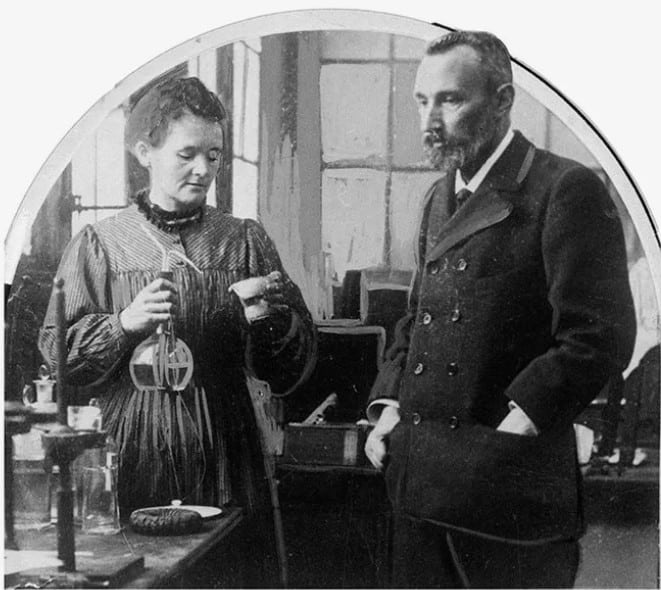
It may be a shock for you to know that Marie and Pierre Curie worked out of a shack. As you know, the duo did most of the research leading to the discovery of Radium (Ra) and Polonium (Po). This discovery was so significant that a respected chemist called their lab “a cross between a stable and a potato shed.”
Even though the couple won the Nobel Prize for their discoveries, Pierre never got the chance to visit the new laboratory that the University of Paris had promised to build for them. However, Curie would always remember their time together in the old, drafty shack with affection.
Despite feeling exhausted from stirring boiling pots of uranium-rich pitchblende all day long, she managed to extract and isolate the radioactive elements. By the time Curie and Pierre submitted their findings for professional review, she had personally processed multiple tons of uranium-rich slag using this method.
2. The Nobel Prize nominating committee initially ignored her

In 1903, the French Academy of Sciences wrote a letter to the Swedish Academy to nominate the collective discoveries in radioactivity made by Marie and Pierre Curie, along with their contemporary Henri Becquerel, for the Nobel Prize in Physics.
However, due to prevailing sexist attitudes of the time, Curie’s contributions were not recognized, and her name was not even mentioned. Fortunately, a sympathetic member of the nominating committee, Gösta Mittage-Leffler, a mathematics professor at Stockholm University College, wrote a letter to Pierre to bring attention to this glaring omission. Pierre then wrote to the committee, insisting that he and Curie should be “considered together . . . with respect to our research on radioactive bodies.”
Eventually, the official nomination was revised to include Curie. Later that year, thanks to her achievements and the combined efforts of her husband and Mittage-Leffler, Curie became the first woman in history to receive the Nobel Prize.
3. Marie chose not to to cash in on her discoveries

After discovering Radium in 1898, Curie and Pierre decided not to patent it or make money from producing it, even though they were low on funds and could barely afford the uranium slag required to extract the element. Instead, they generously shared the resulting product of Marie’s challenging work with other researchers and openly shared the details of the production process with interested industries.
During the ‘Radium Boom’ that followed, factories popped up in the United States with the purpose of supplying the element to both the scientific community and the curious public. Even though its properties were not fully understood, the glowing green substance fascinated consumers and made its way into various products, ranging from toothpaste to sexual enhancement products. By the 1920s, the price of just one gram of radium reached a staggering $100,000, making it unaffordable for Curie to purchase enough of it for her own research.
Nonetheless, she never felt regrets. “Radium is an element, it belongs to the people,” she told American journalist Missy Maloney during a trip to the United States in 1921. “Radium was not to enrich anyone.”
4. Einstein encouraged her during one of the worst years of her life
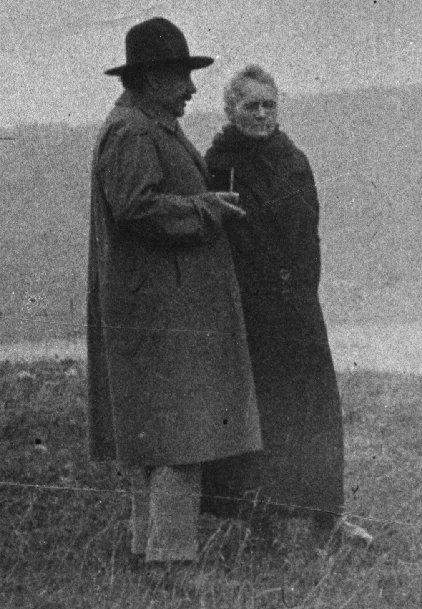
Albert Einstein and Curie first met in Brussels at the prestigious Solvay Conference in 1911. This invite-only event brought together the world’s top leading scientists in the field of physics, and Curie was the only woman among the 24 attendees. Einstein was deeply impressed by Curie and stood up for her later that year when she faced controversy and intense media scrutiny.
During that time, France was experiencing a surge in sexism, xenophobia, and anti-Semitism, which characterized the years leading up to World War I. Curie’s nomination to the French Academy of Sciences was rejected, and many suspected that biases against her gender and immigrant background were to blame. Additionally, it became known that she had been in a romantic relationship with her colleague Paul Langevin, who was married but estranged from his wife at the time.
Curie faced harsh criticism and unfair accusations during this time. She was labeled a traitor and a homewrecker. Some said that she hadn’t accomplished anything on her own and was only riding on the reputation of her deceased husband, Pierre, who had tragically passed away in a road accident in 1906.
Despite receiving a second Nobel Prize, the nominating committee even tried to dissuade Curie from attending the award ceremony in Stockholm to prevent a scandal. Overwhelmed by the challenges in her personal and professional life, she fell into a deep depression and sought refuge from the public eye as much as possible.
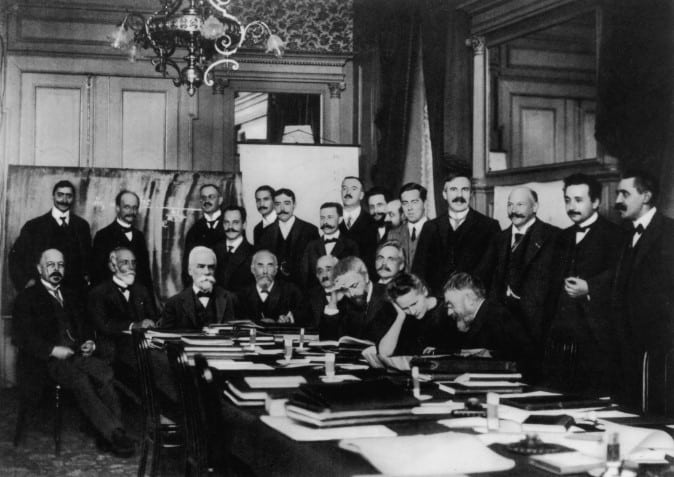
During this difficult time, Curie received a heartfelt letter from Einstein. In the letter, he expressed his admiration for her and offered his sincere advice on how to navigate the unfolding events.
“I am impelled to tell you how much I have come to admire your intellect, your drive, and your honesty,” he wrote, “and that I consider myself lucky to have made your personal acquaintance . . .” As for the frenzy of newspaper articles attacking her, Einstein encouraged Curie “to simply not read that hogwash, but rather leave it to the reptile for whom it has been fabricated.”
5. She personally provided medical aid to French soldiers during World War I
When World War I started in 1914, Curie was forced to put her research and delay the opening of her new Radium institute due to the threat of a possible German occupation of Paris. To ensure the safety of her precious radium, she personally transported it to a secure bank vault in Bordeaux. Then, she applied her extensive knowledge in radioactivity to contribute to the French war efforts, using her expertise to assist in various ways.

During the next four years, Curie played a crucial role in supporting the war efforts. She organized and operated over twenty ambulances, affectionately called “Little Curies,” and equipped hundreds of field hospitals with basic x-ray machines. These machines helped surgeons locate and extract shrapnel and bullets from wounded soldiers’ bodies. Curie personally trained and supervised young women in operating the equipment and even drove and operated an ambulance herself, despite the risks of being close to the frontline.
By the end of the war, it was estimated that Curie’s x-ray machines, along with her innovative Radon gas syringes for sterilizing wounds, may have saved the lives of about a million soldiers. However, when the French government wanted to honor her with the prestigious la Légion d’honneur, she declined the recognition. At the beginning of the war, Curie had also tried to donate her gold Nobel Prize medals to the French National Bank, but they refused, showcasing her selflessness and dedication.
6. Marie was unaware of the dangers of radioactivity
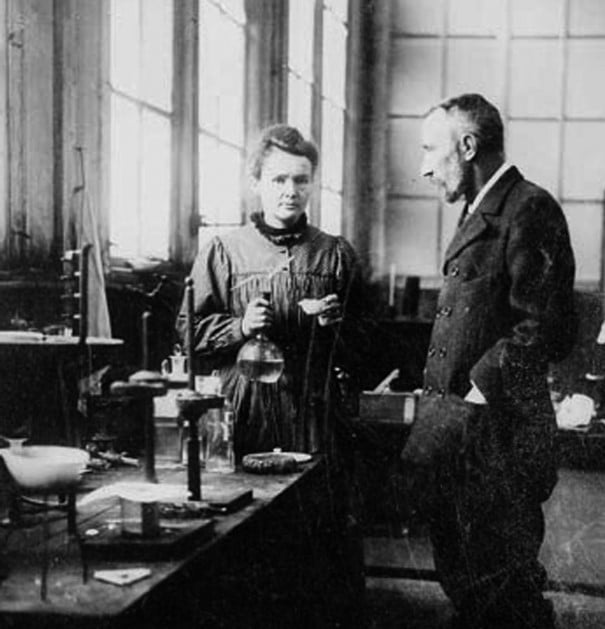
Even today, over 100 years since the Curies’ discovery of Radium, the public is well-informed about the potential risks of exposing the human body to radioactive materials. However, in the early years of scientific exploration and up until the 1940s, our understanding of the specific health effects, both immediate and long-term, related to radioactivity was limited. During that time, the scientists and their contemporaries were pioneers in studying radioactivity, but little was concretely understood about both short and long-term health effects.
Pierre had a peculiar habit of carrying a sample of Radium in his pocket to showcase its glowing and heating properties to the curious. He once even strapped a vial of Radium to his bare arm for ten hours to observe how it peculiarly burned his skin without causing pain. Curie, on the other hand, kept a sample of Radium next to her bed as a sort of nightlight. Both Pierre and Curie spent nearly every day in their makeshift laboratory, surrounded by various radioactive materials scattered around their workspaces. Regularly handling Radium samples took a toll on their health, leading to unsteady hands, cracked fingers, and scars.
Sadly, Pierre’s life was tragically cut short in 1906, and at the time of his passing, he experienced constant pain and fatigue. Curie also suffered from similar symptoms and eventually succumbed to advanced leukemia in 1934. Surprisingly, neither of them ever considered the possibility that their own discovery could be the cause of their suffering and Curie’s eventual death. In fact, even today, their laboratory notes and personal belongings remain highly radioactive, making it unsafe to view or study them.
7. Her notebooks are still radioactive
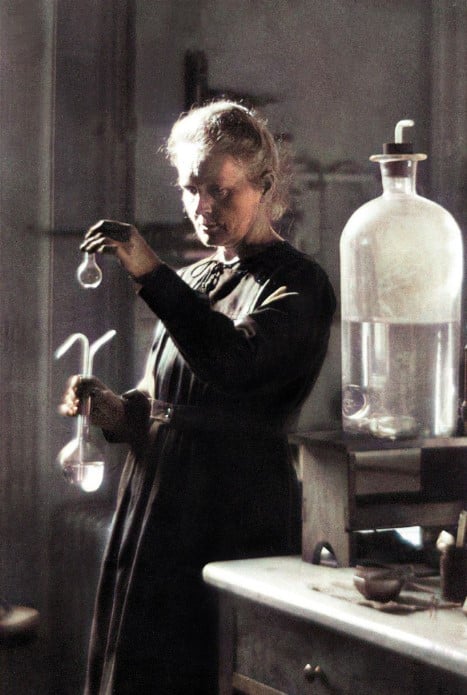
As we know, Marie Curie passed away in 1934 from aplastic anemia, which was likely caused by her extensive exposure to radiation during her work with radium. Even today, her notebooks are kept in France, stored in special boxes lined with lead. The reason for this caution is that her notebooks are still radioactive due to the contamination from radium. The radioactivity will persist for many years because radium has a long half-life of 1,600 years.
8. Marie wasn’t supposed to get an education

Marie Curie was born as Marya Sklodowska in 1867 in what was then Russian-controlled Poland. During that time, women in Poland did not have access to higher education. To pursue their education, Marie and her sister, Bronia, attended a secret underground educational institution known as the “Flying University.”
This clandestine school operated in various locations to evade detection and provided education to women who were otherwise denied access to formal academic institutions. Marie Curie’s early experiences at the Flying University played a significant role in shaping her determination and pursuit of knowledge.
9. She worked as a governess before her scientific career
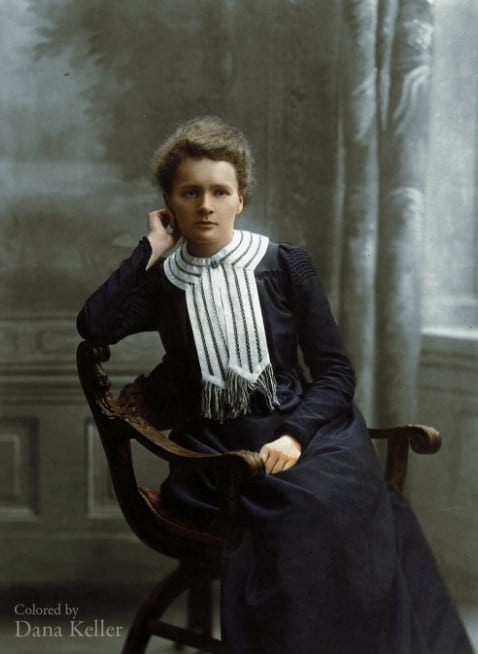
After Marie Curie’s sister, Bronia, moved to Paris to study medicine at the Sorbonne, Marie worked as a governess in Poland to financially support her sister’s education. The agreement between them was that once Bronia completed her studies and established herself, she would then support Marie in pursuing her own education. This arrangement allowed both sisters to benefit from each other’s support and paved the way for Marie Curie’s eventual move to Paris and her remarkable scientific career.
10. Her daughter also won the Nobel Prize

Marie and Pierre Curie’s eldest daughter, Irène, followed in her parents’ footsteps. She enrolled at the Faculty of Science in Paris but had to pause her studies due to the outbreak of World War I. During the war, she joined her mother and worked as a nurse radiographer, operating x-ray machines to aid in treating wounded soldiers.
In 1925, Irène completed her doctorate, joining her mother in the field of radioactivity research. Ten years later, she and her husband, Frédéric Joliot, received the Nobel Prize in Chemistry together. Their groundbreaking work involved creating new radioactive elements. Although Curie would have been delighted to witness her daughter and son-in-law’s remarkable achievements, she passed away before they were awarded the prestigious honor.

